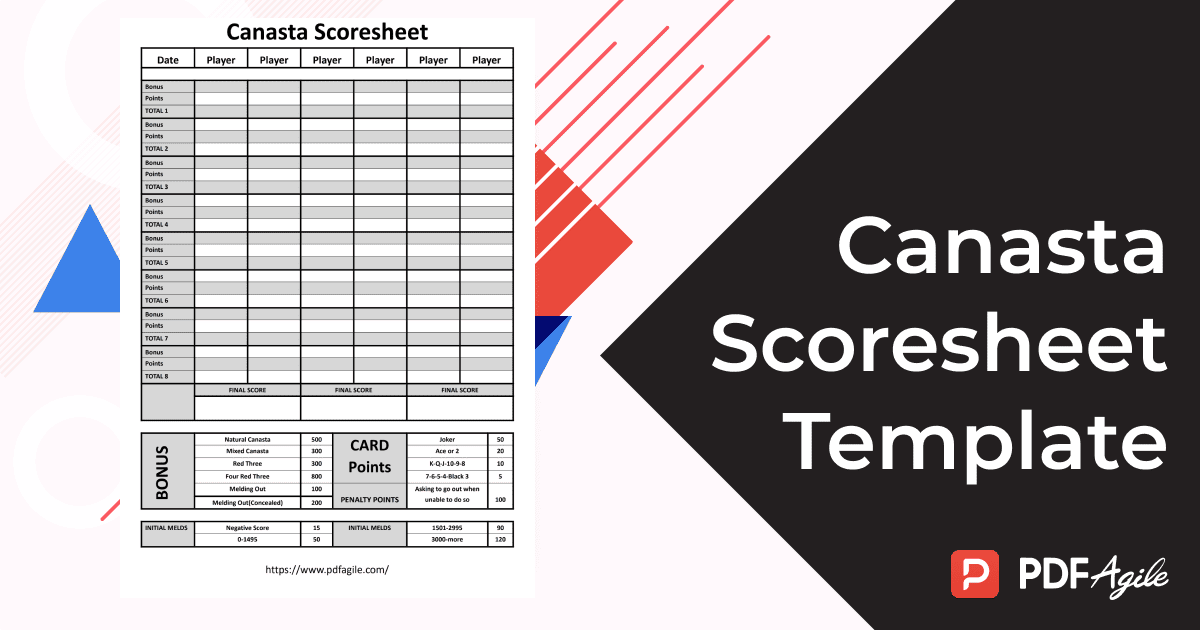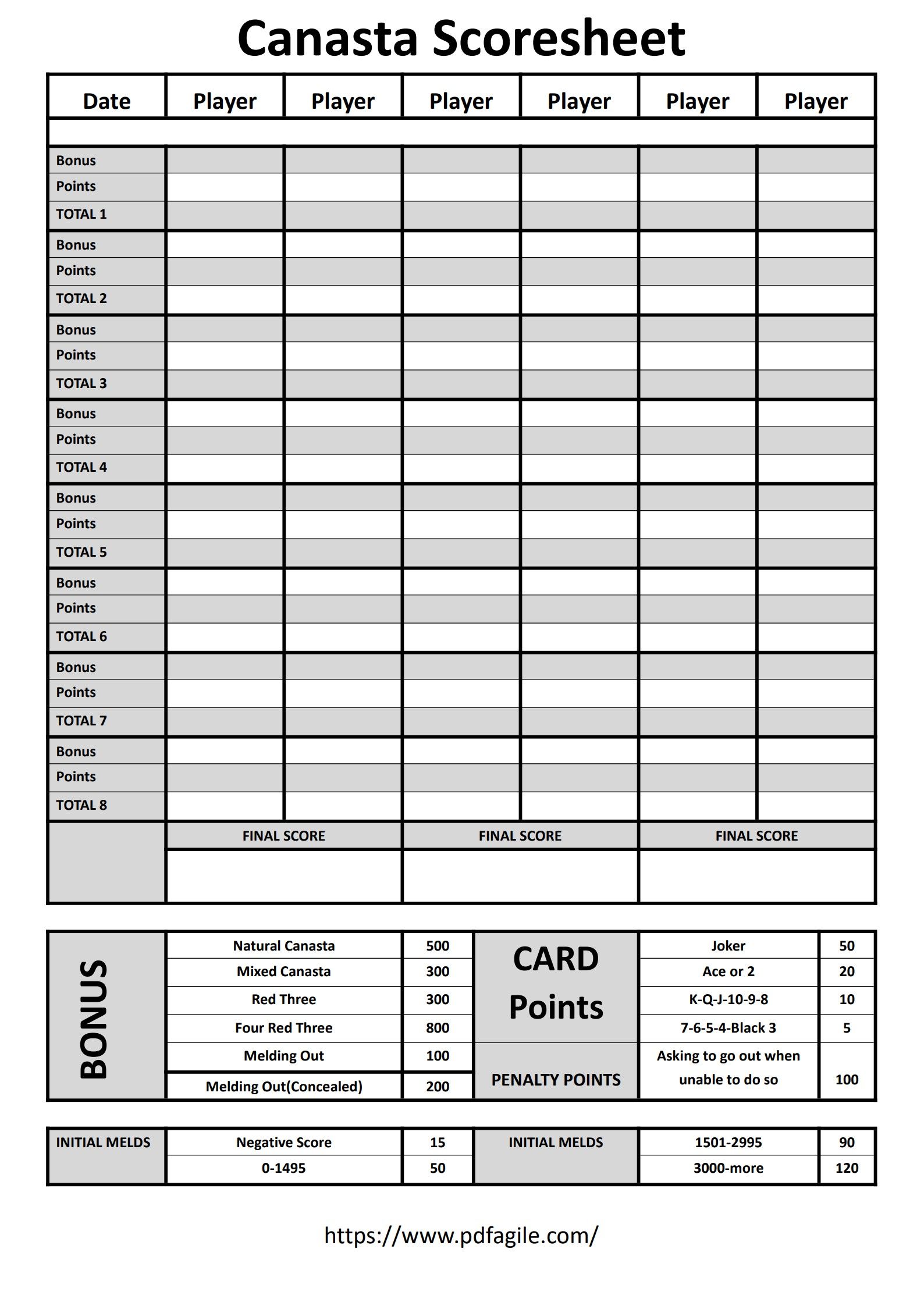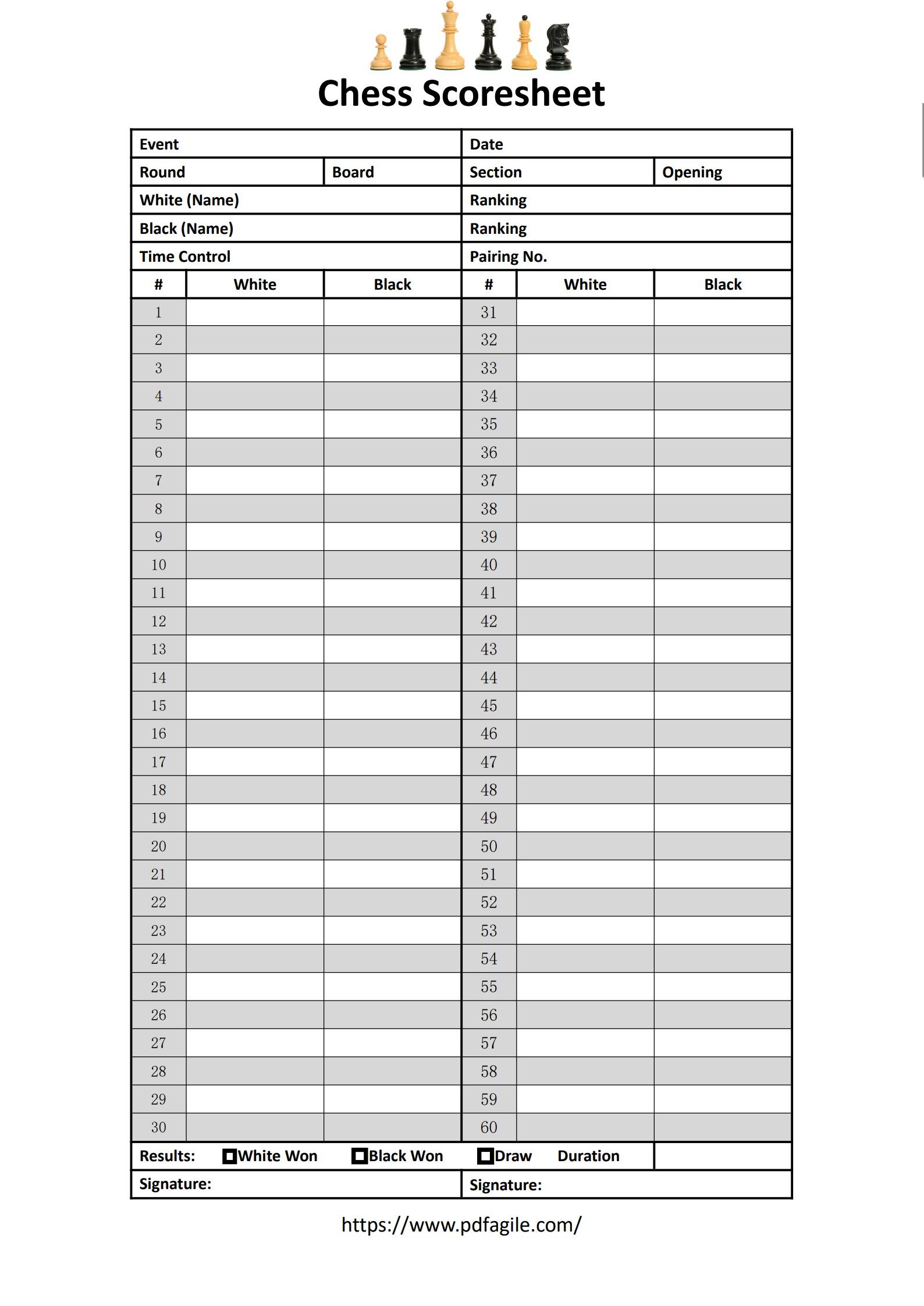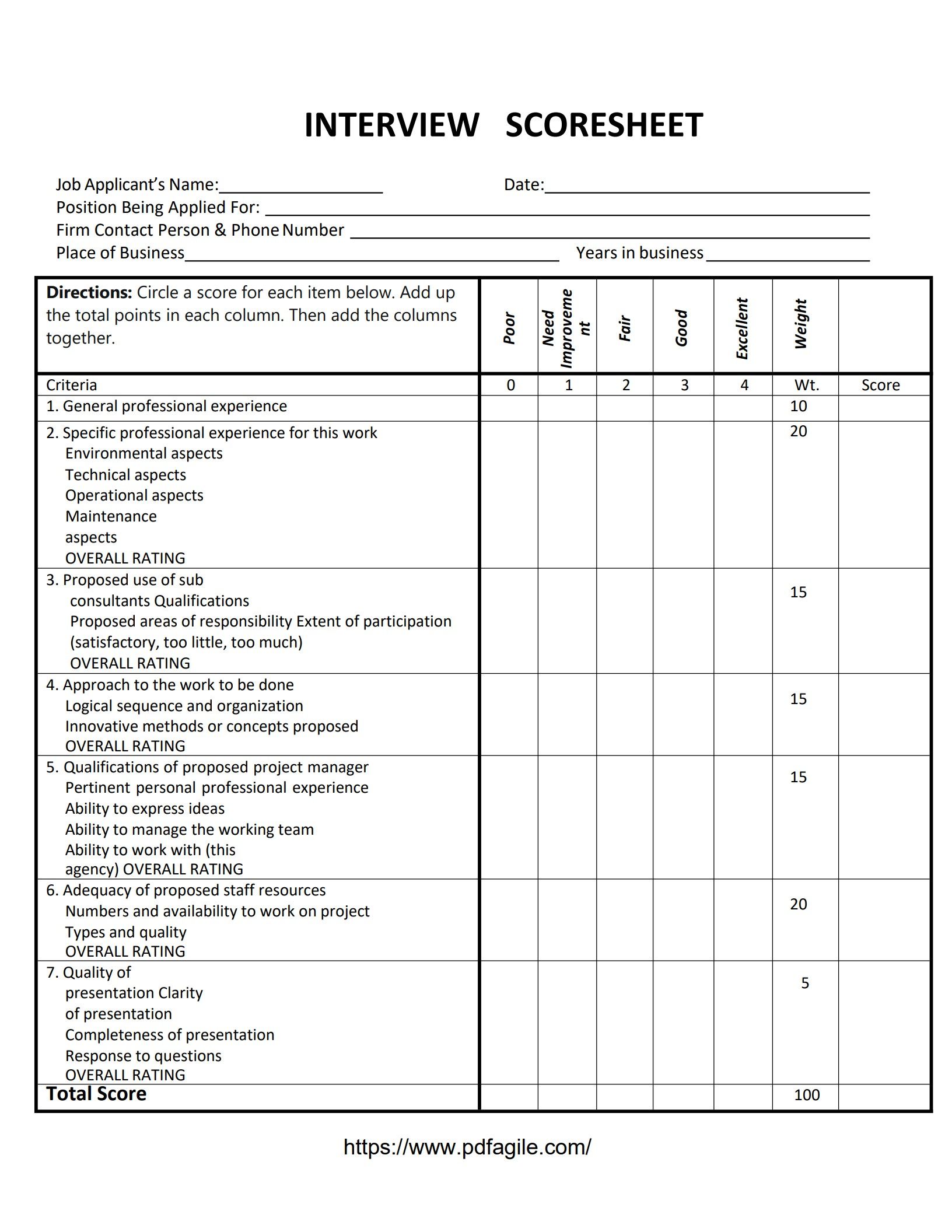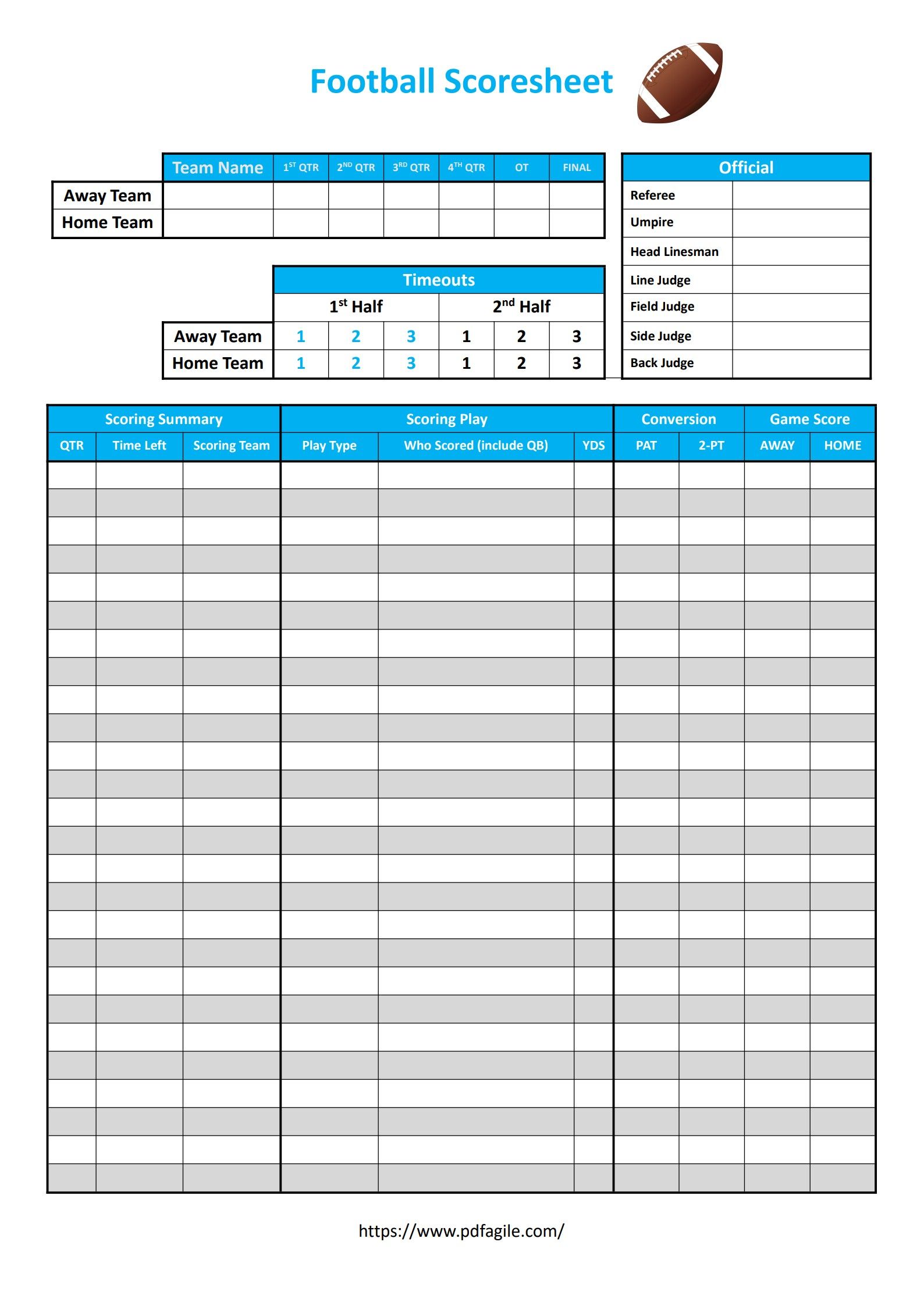The cards fly, the melds stack, and the tension builds! Canasta is a whirlwind of strategic thinking, lightning-fast plays, and the exhilarating rush of forming a canasta. But amidst the frenetic pace, keeping track of points and melds can become a challenge. Enter the trusty Canasta scoresheet, your faithful companion in the scoring frenzy.
This guide delves into the world of Canasta scoresheets, explaining their purpose, components, and the benefits they bring to your game. Whether you're a seasoned Canasta shark or a curious newcomer, this guide will equip you to navigate the scoresheet with confidence, ensuring every canasta and every point is documented for a truly satisfying game experience. So, shuffle the deck, grab your scoresheet, and prepare to dive into the thrilling world of Canasta!
What is a Canasta Scoresheet?
The fast-paced world of Canasta can get thrilling, with melds forming left and right. But amidst the frenetic joy of going out, how do you ensure everyone's points are tallied accurately? Enter the Canasta scoresheet, your trusty companion for keeping score and maintaining order in the card game's delightful chaos.
In simpler terms, a Canasta scoresheet is a dedicated document specifically designed to track the points, melds formed, and round victories throughout a Canasta game. It acts as the official record-keeper, ensuring each team or player receives their due credit (or "points") for their strategic melds.
Think of it like a scorecard for your Canasta battle. It eliminates confusion, especially during close games where numerous melds and point calculations can lead to disagreements. The scoresheet provides a clear picture of the game's progress, allowing everyone to follow along and appreciate the individual and team contributions that lead to victory.
Beyond the basic scorekeeping function, Canasta scoresheets often come in various formats. You can find traditional paper sheets with dedicated sections for easy recording, or explore digital apps that offer features like automatic point updates and even individual player statistics for detailed record-keeping. No matter your preference, the core purpose of the scoresheet remains the same: to ensure a smooth, enjoyable Canasta experience by keeping track of the score and adding a layer of organization to the game's exciting flow.
Benefits of Using a Canasta Scoresheet
The fast-paced world of Canasta can be a whirlwind of melds, points, and strategic maneuvers. Here's how a Canasta scoresheet becomes your trusty companion, keeping the game enjoyable and focused:
- Accuracy Above All: Let's face it, close games with rapid meld formations can lead to scoring confusion. A scoresheet acts as your impartial recordkeeper, preventing disputes and ensuring every Canasta, three-of-a-kind, and point earned receives its rightful recognition.
- Enhanced Viewing Experience: The scoresheet isn't just for the scorekeeper! It becomes a visual aid for everyone at the table. Players can track the game's progress, understand how scoring works, and appreciate the contributions of each team member. This shared understanding fosters a more engaging and interactive game experience for all.
- Memories Made, Melds Recalled: Canasta nights can be a source of future entertainment and friendly competition. A completed scoresheet becomes a cherished record of the game. You can revisit it later, reminiscing about particularly clever melds, close calls, and maybe even a winning comeback fueled by a strategic hand!
How to Use a Canasta Scoresheet?
The Canasta scoresheet, amidst the flurry of melds and discarded cards, is your compass through the scoring chaos. Here's a step-by-step guide to ensure it keeps track of your Canasta journey:
Before the Game: Setting the Stage
- Designate a Scorekeeper: Choose a player (or a dedicated person) to be responsible for maintaining the scoresheet. This ensures clear and consistent record-keeping throughout the game.
- Know the Sheet: Familiarize yourself with the layout of the scoresheet. Identify sections for player names, round scoring, melds formed, and total scores.
- Mark Your Territory: Clearly write down the names of all players or teams competing in the game.
During the Game: Keeping Up with the Melds
- Melding Brings the Updating: Whenever a player forms a meld (three-of-a-kind, Canasta, etc.), they have two key responsibilities:
- Announce the Meld: Clearly announce the type of meld formed (e.g., "Three Red Sevens") and its point value based on Canasta scoring rules.
- Facilitate Recording: Assist the scorekeeper by stating the point value of the meld. This ensures clear communication and minimizes errors.
- The Scorekeeper Steps In: Upon receiving the meld announcement and point value:
- Mark the Melds: Update the "Melds Formed" section for the corresponding team, noting the type of meld formed (e.g., +1 Canasta).
- Tally the Points: Add the announced point value to the team's "Round Score" section. Double-check your math for accuracy.
Round's End: Refresh and Recalculate
- Wrapping Up the Round: Once a round is complete (typically played to a set score), it's time to finalize the tallies:
- Total Score Update: Add the "Round Score" for the team to their overall "Total Score" section. This reflects their cumulative points across all played rounds.
Game Over: A Champion is Crowned
- Declare the Victor: Once a team reaches the predetermined winning score or a set number of rounds is played, the game ends.
- Record the Glory: Mark the winning team and their final score on the scoresheet for posterity and a little friendly bragging!
Tips for Using a Canasta Scoresheet
The Canasta scoresheet is your battlefield map, keeping track of every meld and point in the exhilarating race to victory. Here are some tips to ensure it remains a reliable tool and not a source of confusion:
- Speak the Canasta Language: Familiarize yourself with the different meld types (canastas, three-of-a-kind, etc.) and their corresponding point values. This fluency in Canasta lingo allows you to record points accurately and efficiently during the game's fast pace.
- Double-Check for Accuracy: Don't let the excitement cloud your judgment. After each meld is declared and points are awarded, take a quick moment to review the scoresheet. Double-check the recorded meld type, point value, and ensure they are accurately reflected in the team's round score and total score sections.
- Communication is Key: Canasta can involve complex meld combinations, and point values can vary depending on wild cards or special situations. If unsure about a meld type or point value, don't hesitate to communicate clearly with other players. A quick clarification ensures everyone's on the same page and avoids confusion later.
- Keep it Clear and Organized: If using a paper scoresheet, maintain a neat and organized format. Write legibly, avoid clutter, and consider using abbreviations for common meld types (e.g., C for Canasta, 3K for Three-of-a-Kind) to save space. This clarity minimizes misinterpretations and makes it easier to review the game's progress later.
- Enjoy the Game: While accurate scorekeeping is important, remember, Canasta is a social game meant to be enjoyed. Don't get bogged down in meticulous record-keeping to the point of missing the strategic challenges and camaraderie of the game. Relax, have fun, and let the scoresheet be a helpful companion, not a distraction, on your Canasta journey.
Free Download: Printable Canasta Scoresheet Template
To help you get started, we have created a free, printable canasta scoresheet template. You can download the template by clicking the Use Template button on this page.
You can also explore more scoresheet PDF templates in PDF Agile Templates Center.
